Recently, I discovered a Northern Virginia gem: Green Spring Gardens. Two visits later, I began wondering whether this dynamically educational and therapeutic space could offer a fresh perspective on traditional museum approaches.
Green Spring Gardens is many things: a garden and park, a museum, and an intellectual hub for horticulture and conservation. The site is home to the Horticulture Center and Historic House; both buildings have gallery spaces and lively exhibition programs, and the Horticulture Center features a research library and glasshouse.
Reflecting on this unique nature-driven and largely outdoor museum, I decided to explore some of the special qualities of the ‘park,’ examine the ways that Green Spring embraces and augments the park paradigm, and look for applications within the more traditional museum setting. I managed to distill my observations into six key thoughts:
Parks are seen as essential.
NBC’s Parks and Recreation depicts a fierce rivalry and mutual disdain between the local parks department and the library department. The joke, I think, is partly based on the axiomatic idea that parks and libraries are essential services both highly deserving of resources and deeply necessary to communities. Why are museums typically left out of this esteemed group? What could museums do to better demonstrate how essential they truly are?
In her essay, ‘Museum as Soup Kitchen,’ Elaine Gurian (2010) wondered whether local museums could expand their traditional offerings with other services, becoming active community spaces. She also asked readers to consider the idea of local museums providing ‘“free indoor public parks”’ for days when outdoor activities are not possible (Gurian, 2010, p. 79).
Parks are inextricably embedded in the social fabric of communities, and in many cases, come to define neighborhoods. Can museums find similar security in their communities by figuring out ways to understand, provide, and market essential community services? Museums have special resources to offer, and as Gurian (2010) suggested, could use these assets to provide relevant community programs that are perceived by more people as essential.
Parks are social spaces.
Parks are arguably quite effective as ‘third places’ (a term developed by Ray Oldenburg). They are social gathering sites where people can visit easily and regularly to connect with others. Are museums also third places? In a 2010 post, Nina Simon questioned whether museums are really suitable as third places since they are markedly less casual and more intellectually focused than true third places.
I think gardens such as Green Spring suggest a possible middle ground—a visitor experience that is both social and intellectual. Green Spring has the accessibility characteristics of a third place with the intellectual richness of a museum (and the social purposefulness of a community center).
Parks are dynamic spaces.
During my second visit to Green Spring, I realized one of the most engaging qualities of the Gardens: the fact that it looks and feels different every time you visit. My first visit was on a Sunday afternoon when families were out taking photographs and people were walking their dogs. It was a relatively warm day and the whole park was bathed in sunlight. My second visit was on a weekday afternoon and, by chance, a much colder, gloomier day. Instead of families and dogs, I saw a school group enjoying the grounds and the educational programs. Due to the gloomy weather, the grounds looked much darker and more solemn, but equally beautiful.
I realized—parks are dynamic spaces, changing daily and taking on the characteristics of that day’s particular weather, seasonal influences, and visitor motivations. By comparison, I would argue that museums are frequently more static in their appearance and character. Though their visitor base may change depending on the time of year and day of the week, the exhibitions, programs, and displays generally remain unchanged for extended periods of time. I would probably not be able to visit the same museum twice in one week and have two distinctly different experiences.
Perhaps one of the reasons that parks appear so dynamic is that they embrace their many potential uses. They are explicitly multipurpose spaces where visitors can choose to engage in a myriad of acceptable ways. At a park like Green Spring, visitors engage with the displays in personal, active ways. They might sit on a bench and read a book, walk a dog, or have a family picnic. A school trip or family outing might use the space as an ‘outdoor classroom,’ as the website suggests.
Recently, I visited the U.S. Botanic Garden, and after thoroughly exploring the exhibits, I sat down on one of the many benches and read a book, enjoying the tranquil, multisensory surroundings. By providing the appropriate environmental supports (abundant seating in a variety of locations), this museum facilitated a diverse, but valid use of its space—much like a park.
A good example of a museum that encourages multiple routes of engagement is Cobb+Co Museum in Toowoomba, Queensland, Australia.
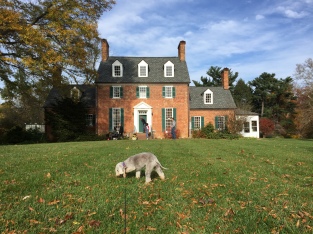
Photo by David Konigsberg.
Parks strive for social equity.
Social Equity is one of the three pillars of the National Recreation and Parks Association (along with Conservation and Health and Wellness). This video of NRPA’s President and CEO, Barbara Tulipane, CAE helps explain the uniqueness and importance of this quality for parks.
Parks are characterized by open spaces and blurred boundaries, and in the case of free public parks, are open to all. Recently, in a post about autism friendly museum programming, Tincture of Museum described ‘access’ in a way that I think aptly describes what parks do well:
‘ … it is not always physical things a museum does, the signage, ramps or toilets. It is often about a way of thinking, it is about creating an environment where everyone feels welcome and accepted. It is a mindset, an ethos.’ (Claire Madge, Tincture of Museum)
At Green Spring, the open outdoor spaces created a mindset for me where I felt quite comfortable walking right into the Historic House, having no idea what it was at the time and responding only to the following basic invitation: ‘Open’ (see below).
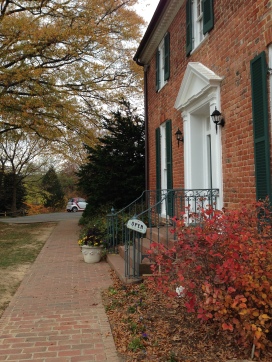
Once inside, I was left to my own devices to explore. No one greeted me initially except for two equally confused fellow visitors who initially mistook me for a guide. The three of us ultimately had a great time exploring the gift shop and exhibitions without any of the usual supervision.
Ordinarily, I might be inclined to criticize a visitor experience that began with no greeting or acknowledgment or even confirmation that I was allowed to be present. However, on this occasion, it worked beautifully, making the experience fun and exciting and facilitating conversation with other visitors. The ‘park paradigm’ is wonderful in this sense—laidback, inclusive, unintimidating. I walked in wearing sneakers, yoga pants, and an oversized hoodie—an outfit that I probably wouldn’t feel comfortable wearing into a very traditional museum. Ultimately, I did chat with a staff person at the end of this visit and on my return, and these experiences reinforced my initial impressions of the House as a casual, welcoming space.
Parks promote physical and mental wellbeing.
By encouraging exercise and time spent outdoors, parks actively improve visitors’ health and wellbeing.
They are also empathetic visitor spaces that anticipate and respond to visitor needs, particularly basic physical and social needs. They typically provide plentiful seating (even in unexpected places such as the glasshouse at the Green Spring Horticulture Center).
Parks help protect our natural world.
Through teaching about conservation, parks such as Green Spring help promote pro-environmental attitudes and respect for the natural world.
A ‘park-influenced museum’ (or a ‘museum-influenced park’)…
As I mentioned, Green Spring Gardens is more than a park. I feel it is a good example of how the special qualities of the park could enrich and deepen a museum experience, possibly enhancing its social equity, increasing its social and therapeutic impact, and elevating its ‘essential-service’ cachet. Though the ideas explored here might not be relevant for all institutions, they hopefully contribute to a dialogue about multidisciplinary approaches.
Reference
Gurian, E. (2010). Museum as soup kitchen. Curator: The Museum Journal, 53(1), 71-85. doi: 10.1111/j.2151-6952.2009.00009.x
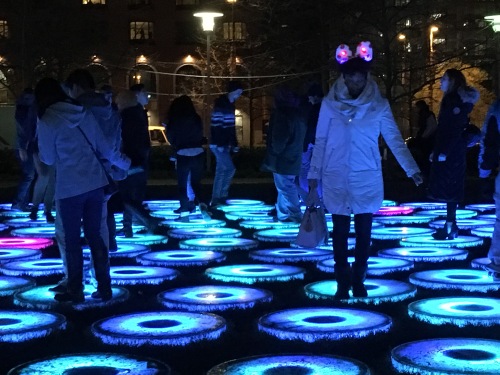



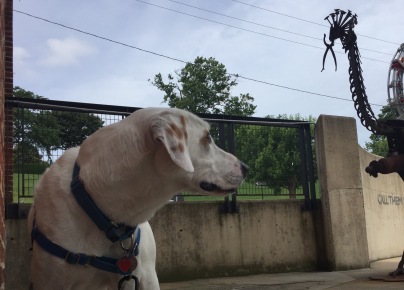



















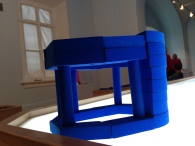 eek, at the
eek, at the 